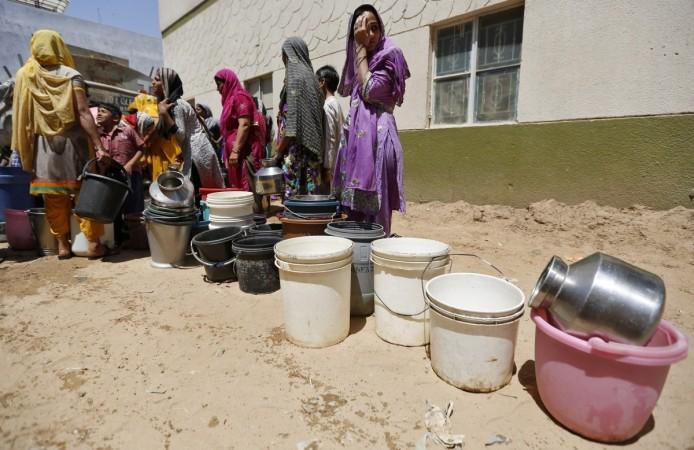
The multi-billion dollar cricket extravaganza — the Indian Premier League (IPL) — was kicked off with a grand opening ceremony Friday, in the midst of a water crisis looming in Latur, less than 50 km from the event venue, Mumbai.
Last-minute activism to raise the issue of wasting water on cricket pitches to keep them green even as the state faced acute water shortage may not succeed, but it does help in raising awareness, wrote economist Ajit Ranade in the Mumbai Mirror Saturday.
In response to a public interest litigation (PIL) filed in the Bombay High Court seeking to move IPL 2016 matches out of the state, the Court allowed holding the first match in Mumbai Saturday but asked the BCCI to ponder on shifting the rest of the matches outside drought-hit Maharashtra.
The PIL had claimed that "as much as 60 lakh litres of water is proposed to be used for maintaining cricket pitches in the three venues nominated for IPL 2016, in Maharashtra," reported the Indian Express.
Many parts of India, the world's fastest-growing economy, are facing acute water shortage, worsened by manipulation of supplies by groups called "water mafias".
Ironically, just four days ago, the Indian government released a disturbing statistic: as on March 31, 2016, water available in 91 Indian reservoirs was 25 percent of their total storage capacity.
The crisis is more severe in the western region comprising Maharashtra and Gujarat, where the availability is 21 percent of the total storage capacity.
The figure was alarming but it took a money-spinner called IPL — the event contributed $182 million in 2015 — to put the spotlight on the crisis that has affected even surgeries in Latur.
Hospitals in Latur have forced doctors to cut down on planned surgeries, and they are only treating patients in the OPDs and emergencies, reported CNN-IBN Saturday.

















